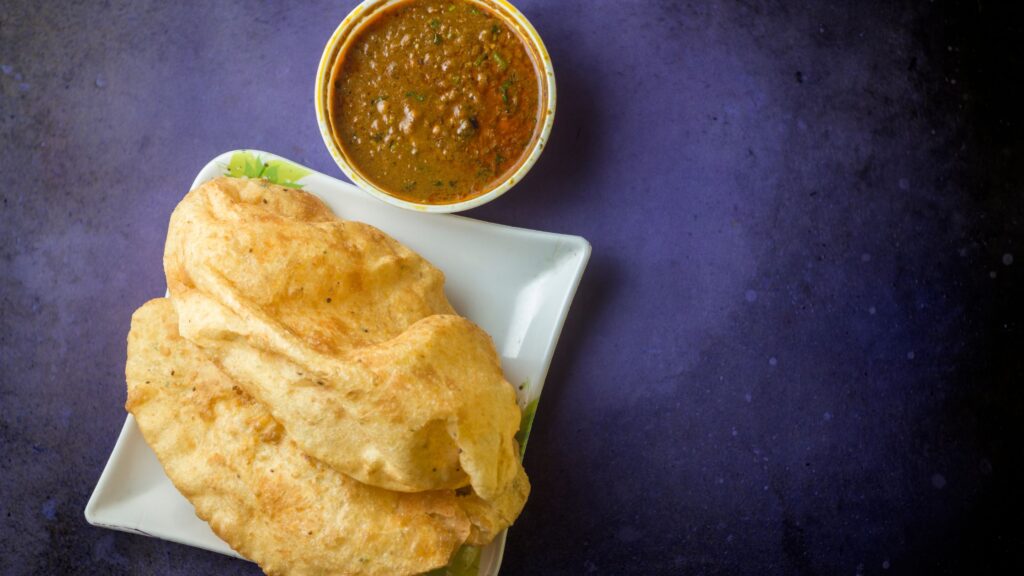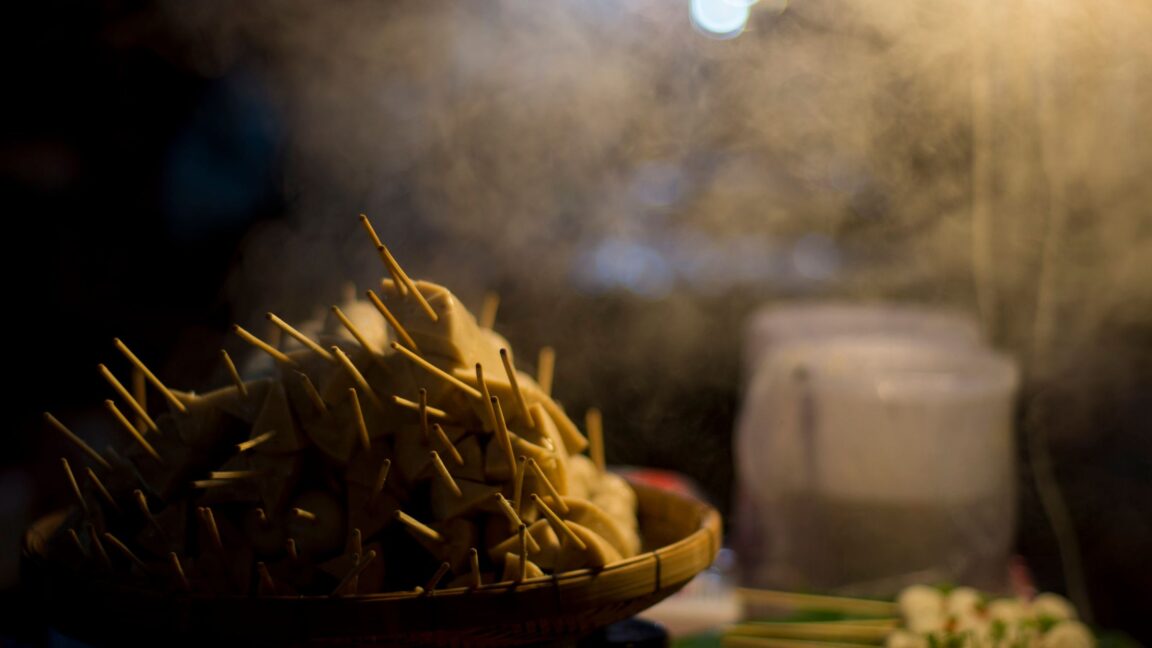Straight From The Streets Of Asia
Despite the fact it is not so hygienic and comparably healthy, we all love street food! Be it the ambiance, the lower price, quantity, and variety; street food has evolved into a separate world of its own. Doesn’t matter how rich we are or where we live; one thing we never turn our noses up at is “street food!” Street food connects people of all classes, ages, and geographical areas. Street food holds greater sway over our taste buds than highly expensive, lavishly earned posh restaurants. No matter what, we really cannot disavow the finger-licking, lip-smacking, delicious taste we earn from street food; what say?
In fact, just by reading it, you probably are getting this mouth-watering feeling, if I am guessing it right. You’ll always find food lovers in every social stratum clustered close to street stalls, slurping, chomping, and munching away to glory. Feeling the aura of street food and inspired by the savory documentary “Street Food: Asia”, I wrote about two famous street food items and the cooks offering them. So get ready for some lip-smacking write-up waiting for you on the table.
About the documentary
Street Food: Asia, aired on Netflix in 2019, is a food documentary covering the journey, history, and stories of street cooks from distinct places in Asia. The documentary compels us to embark on a global cultural voyage into street food and unwrap the tales of the people who put life into the food they cook.
Tum yum “the quintessential Thai dish”
(Bangkok, Thailand)
Jay Fai: A Street Food Chef
Putting a spin on “Tum Yum” soup and boasting a Michelin star for her crab omelets, Jay Fai is a 73-year-old street food cook grinding it out daily. Her day starts at 10:30 in the morning, and her helping staff arrives at her small restaurant at noon. Despite her age, she cooks every dish on her own and is concerned about the quality of every dish she serves.
“I am not just a street cook; I am a chef.”
Indeed, she is!
Grew up in a slum; her mother used to sell chicken noodles for a living. Her father was an opium addict, so her mother was the only earning hand in the family. She became a seamstress, stitching, rolling and cutting fabrics all day and night to ensure they eat before sleep. For almost 10 years, she worked as a seamstress, and then one day…
A stairway near her just collapsed, and in minutes, the fire left nothing but ashes; in her twenties, she lost her sewing tools and machines. But she kept the blaze inside; slowly and slowly, she observed how her mother cooked and sold noodles. And the day arrived when she told her mother that she too wanted to cook, but her mother overlooked the idea. But young Fai grabbed the wok the same night and started practicing alone.
In a zeal, she poured the oil but forgot about it and then what burned it all. After dumping the burnt oil, she furiously added noodles into the pan and started stirring. Who knows if it was her inner rage or the hot pan; the noodles were cooked nicely without oil and had an amazing aroma and taste. And the next day, her mother let her cook, customers saw her cooking style and recognized her talent, and that was it.
Jay Fai’s special “Tum yum”, a must-try item if someone ever visits Thailand.
Starting with just one dish or two slowly, she somehow invoked the courage to bring almost 100 dishes to the table. She proved that a mere street cook could bring people together to eat on their own terms! No wonder for her hard work; she ended up winning “The Michelin Star” award and lots of applause and prominence in Thailand for her hard work and talent.
“You may be young, but I am stronger.”
-Jay Fai
The Classic Chole Bhature, “a culinary dish of Indian.”
(Delhi, India)
Dharmender Makkan: A Street Food vendor (Nand Di Hatti)
Following the prestige and ancestral tradition of the food stall, “Nand Di Hatti” offers the very popular Punjabi dish “Chole Bhature.” Running the same business for almost six decades, and preserving the heritage, the place serves not only a plate of Chole Bhature but a pinch of political history and a handful of ancestral stories.
It is no secret that from the crispy savory chaats to the spicy Indian cuisines, the streets of Delhi are full of flavors profoundly connected to family stories and political history. Among those Indian food items, “Chole Bhature” is ruling over many hearts. It is not just food; it’s one of the most tempting delights offering ultimate satisfaction to our taste buds. Brought by the Punjabi refugees right after the partition along with their culture, Chole Bhature has become one of India’s best street foods. “Chole” is basically chickpeas that are boiled and mixed well with a great deal of Punjabi spices, eaten with a puffed-up bread called “Bhature.”
Taking forward the old recipe of his grandfather Dharmender owns this small yet famous place to satisfy the cravings. Housed in the bylanes of Sadar Bazaar of Delhi, this place traces its origin in Raja Bazar, Rawalpindi, Pakistan. After the India-Pakistan partition, the owner’s family, Nand Lal Ji, migrated to Delhi and started his business of selling Chole Bhature” on a cart. In 1960 they uplifted their business by shifting to a storefront, where they kept selling the same dish.
The other reason this place is insanely famous is that they use “desi ghee,” pure ghee without even a single dice of onion or garlic. This pure-vegetarian food-joint dishes the yummiest Chole Bhature in the capital. The Chloe is so well-cooked, and the mix includes coriander, mint, green chili, and pomegranate seeds; it’s impossible to imagine how it tastes this great without garlic and onion. The freshly fried Desi Ghee ka Bhatura has a distinct aroma to the entire dish.
Delhi is the heart of the country, giving shelter to multiple religions, and despite geographical area and religious beliefs, Chole Bhature has now become a very common Delhi food.
One must try this famous dish to cherish the true flavors of Delhi’s streets.

Topping it up
The street food items I selected are based on my personal preferences; if you liked the stories, write to me and give your reviews as well. And if you want more street food stories like this, please give your recommendations; your suggestions are always valuable! Also, forget not to watch the documentary “Street Food: Asia.”



